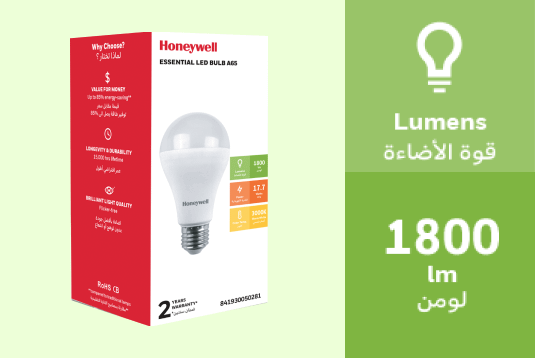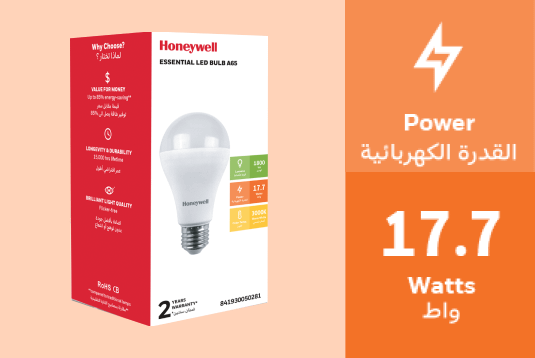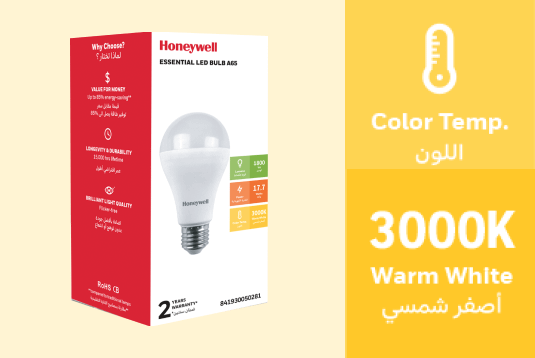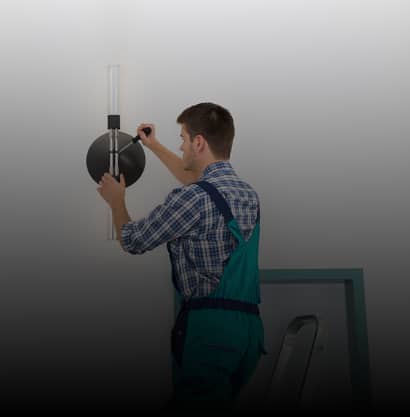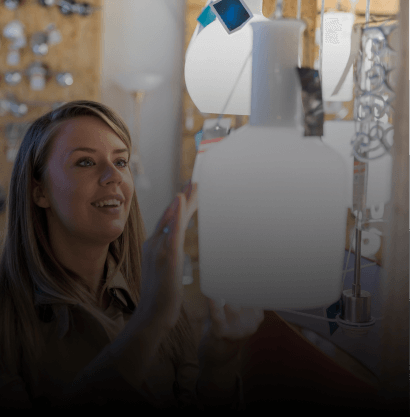Selecting the right lighting products shouldn’t be a complicated task. However, common considerations like optimal power consumption, light output, and light color can become confusing due to the myriad of labels, terms, and symbols found on product packaging.
Let’s unpack these labels, explore what they represent, their importance, and how to identify them on packages.

